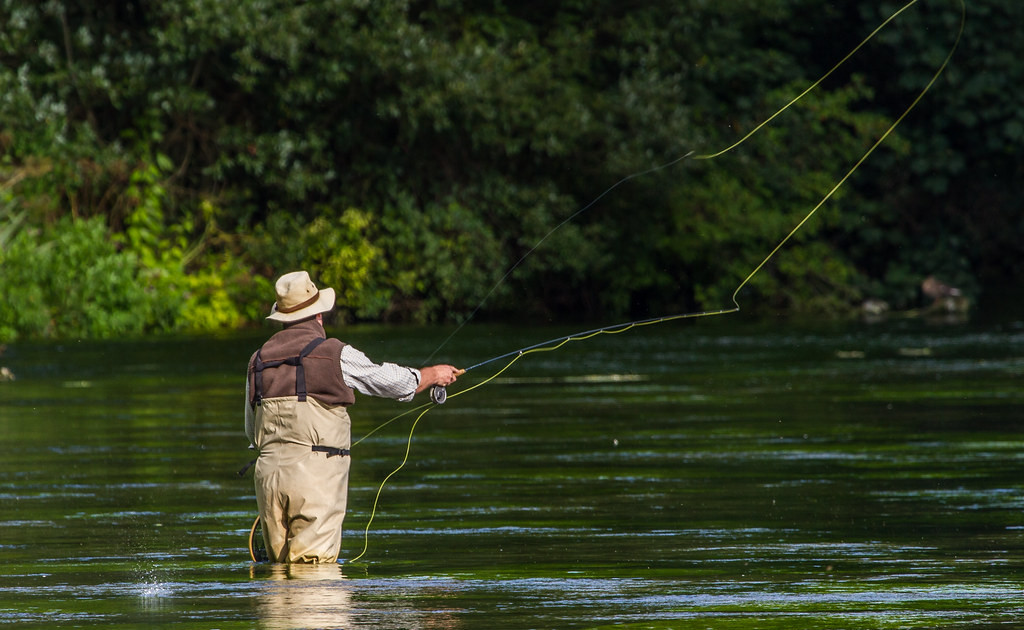Fly Fishing for Beginners
Fly fishing is a technique you’re likely to learn in years and years of experience, as it can be done only with a particular kind of fly or very lightweight lure, which makes it difficult for the fisherman to cast. The line has to be unique, in that it has to be thin enough to go well with the bait, yet durable enough to hold the catch once you’ve gotten a grip on it. Some of the favorite locations for fly fishing seem to be rivers and still waters, but there’s nothing stopping you from trying out your skills at sea, as well. If you’re wondering about the species you will be able to target using this technique, we’ll put your mind at ease by telling you that it all depends on the water conditions and as such, the catch might vary. Some people manage to catch trout, others salmon, but it all really depends on what you have in mind and the place you’re going to fish in. Recently, species such as pike and perch and even carp have become quite popular among fly fishing anglers.

If you’re a complete beginner and hardly consider yourself well-versed in the art of fly fishing, I recommend focusing on getting the proper equipment from the beginning. Since you’re a rookie, perhaps you might benefit from utilizing a rod and reel combo instead of purchasing them separately, as you may not even know what to look for. Look at products such as the Wild Water Fly Fishing Complete Starter Package or the Crystal River Fly Fishing Combo Kit. Both of these options feature a durable construction and come with reels capable of smooth performance. Besides, you’ll notice that most of the buyers who’ve gone through the trouble of reviewing them say that they’re comfortable and convenient enough and basically come with all the extras you will be needing, regardless of the location where you plan to fish. An 8 ½-ft or 9-ft three-piece rod as well as a single action reel that can hold as much as 100 yds of floating and backing line would be an excellent addition to your equipment set.
Selecting line, waders, vests, as well as accessories can be done with ease once you’ve started to become well-acquainted with the gear you have to get so you’re able to take your fishing performance to a whole new level. Getting good fishing clothing isn’t particularly hard, especially as most of the items you’re likely to come across are reasonably priced and feature mesh parts so that you benefit from enough ventilation. What’s more, a nice pair of waders that’s lightweight and has been made with Goretex or neoprene wouldn’t hurt as these materials are water-resistant and comfortable enough to wear. Some of the common insects that are now being used in fly fishing include mayflies, stoneflies, midges, caddis, scuds and sowbugs, terrestrials, artificial flies, as well as damsels and dragons. Artificial flies are convenient as you’ll be able to use them over and over again, but it all depends on the personal preference of every angler.
Troutnut.com: Over 5448 Aquatic Insect Pictures for Trout Fly Fishing Nuts: See over 5448 close-up photos of mayflies, stoneflies, caddisflies and other trout stream invertebrates. There are also movies, underwater photos of nymphs and larvae in their natural habitat, stream scenery, and desktop wallpapers. Learn how to identify invertebrates and how to match their hatches!
